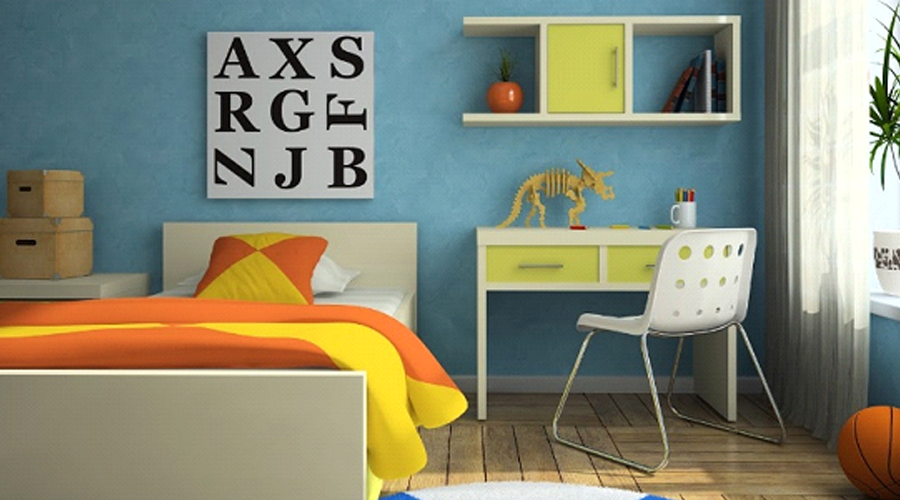
A child's bedroom can prove something of a quandary when it comes to decorating. You don't want the décor to be too fussy because a child’s bedroom is their hideaway, not a formal space.
The window treatments are one area where this dilemma comes to light. You need functional and sturdy treatments that are still fashionable. Below are some considerations for how to approach window treatments in a child's bedroom.
Light Control Options
Light control is just as important in a child's bedroom as it is in any other room. Typically, you see shades or blinds for light control. Both have their advantages and disadvantages for a kid's bedroom.
With shades, the disadvantage is that they're either up or down, so you're limited in the amount of light control and privacy you get. With blinds, you can open the louvers at different angles to control both and even pull them up entirely. However, you also have to consider that blinds are sturdier than shades, but shades are easier for kids to use. These facts are significant for kids.
With either option, a neutral color is usually best since neutrals match a number of styles easily. However, if you have a set color scheme, you can certainly choose shades or blinds within that palette. You can even opt for colorful light control since kids’ rooms usually feature a brighter palette than adult-centered rooms, and you’ll be able to find blinds and shades that coordinate with your child’s wall coverings.
Curtain Panels
Curtain panels can express your child’s creativity and style, and you have almost unlimited options in patterns and color. When you choose the curtains, you might want your child to voice their opinion. Provide a small range of options for their consideration so they don't become overwhelmed.
With that in mind, the curtain panels should fit within a color scheme — or even provide the palette themselves. You'll want them to match the walls, floor coverings, bedding, and other textiles in the room. That said, you can always change the color saturation, opting for lighter or muted options of the colors if the panels are especially bright.
For the pattern, you might consider something thematic that appeals to the child. Princess, dinosaur, space, and nature are all themes that children love. You know your kids — let them choose a thematic pattern as long as they'll be into it for a while. You don't want to have to change out the curtains every year.
Window Toppers
Window toppers include valances, cornices, and swags. Valances are like mini-curtains at the top, while cornices offer more structure. Swags consist of a panel of fabric draped across the top of the window. You often see these toppers in more formal window dressings, which means you can feel free to omit them for your kids' rooms.
On the other hand, they can be part of a simple design. So you can choose a light control option, omit the curtain panels, and add one of the topper options to add color and pattern to your window treatment. This method is ideal if you're worried the curtains might not hold up. It's also a good method if you're opting for more of a designer approach to window dressing.
Roman Shades
An especially easy method for dressing any window is the Roman shade. These shades lay like a standard shade when down. However, when you operate the pull string, the fabric folds up into neat pleats.
Roman shades are essentially a hybrid between curtains and shades, which means you have far more color and pattern options than with standard shades. You can even have them custom-made if your child fancies a specific pattern. Roman shades in children’s rooms are ideal because they're simple and easier to operate than layers of window treatments.
Tickle your children's fancy with special window treatments catered to their tastes. Visit D. Schultz Interiors, Inc., to browse a wide range of window treatments.
